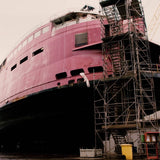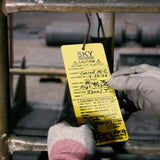Scaffolding Safety in Shipyards and Marine Terminals
Scaffolding is essential in shipyards, allowing safe access to elevated work areas. However, improper use can lead to serious injuries or fatalities. To prevent accidents, workers must follow OSHA regulations and best practices for scaffold construction, inspection, and fall protection.
OSHA regulations, outlined in 29 CFR Part 1926 and 29 CFR Part 1915, require scaffolds to be properly designed, anchored, and inspected before each shift. Inspection tags indicate their safety status: green for safe use, yellow for caution, and red for unsafe conditions. Compliance with these standards helps prevent accidents and ensures a secure work environment.
Common scaffolding hazards include falls from heights, structural instability, falling objects, electrical risks, and slip-and-fall incidents. Falls are a leading cause of injuries, making guardrails or personal fall arrest systems (PFAS) necessary for scaffolds over 10 feet high. Structural failures can be prevented by ensuring scaffolds are stable and properly secured. Tools and materials must also be secured to prevent falling object hazards, and workers should maintain a safe distance from power lines to reduce electrocution risks.
To enhance safety, scaffolds must be stable, properly anchored, and capable of supporting both workers and materials. Safe access points, such as ladders or stair towers, should be used, and fall protection must always be in place. Routine inspections and adherence to OSHA guidelines are essential to maintaining a safe and compliant work environment. Length: 12 minutes
Topics Include:
- Introduction to Scaffolding
- Scaffold Construction and Inspection
- Fall Protection
- Hazard Identification and Mitigation
- Key Takeaways
Languages Available:
- English
- Spanish
Sku: MOX-MAR-Shipyard-Scaffold






